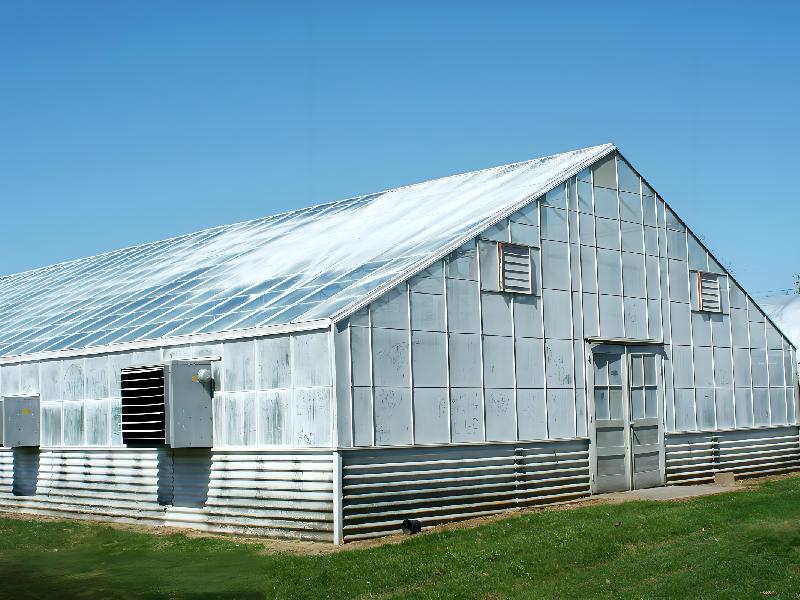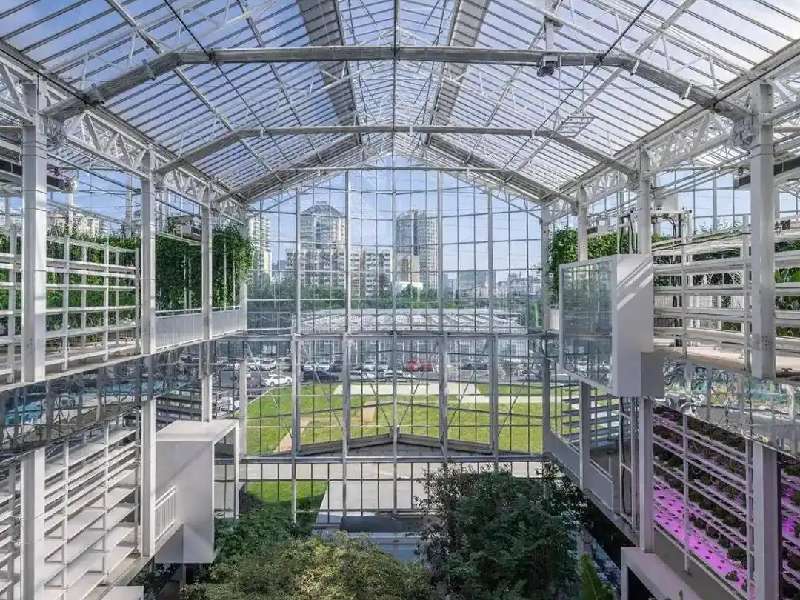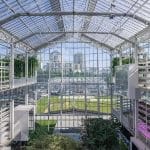Chinese-style greenhouses are catching the eye with their unique, energy-efficient designs. LOW TECH MAGAZINE reports that these greenhouses use only solar energy. Even in cold weather, they can keep the inside up to 25°C (45°F) warmer than the outside. No energy-guzzling heaters are needed.
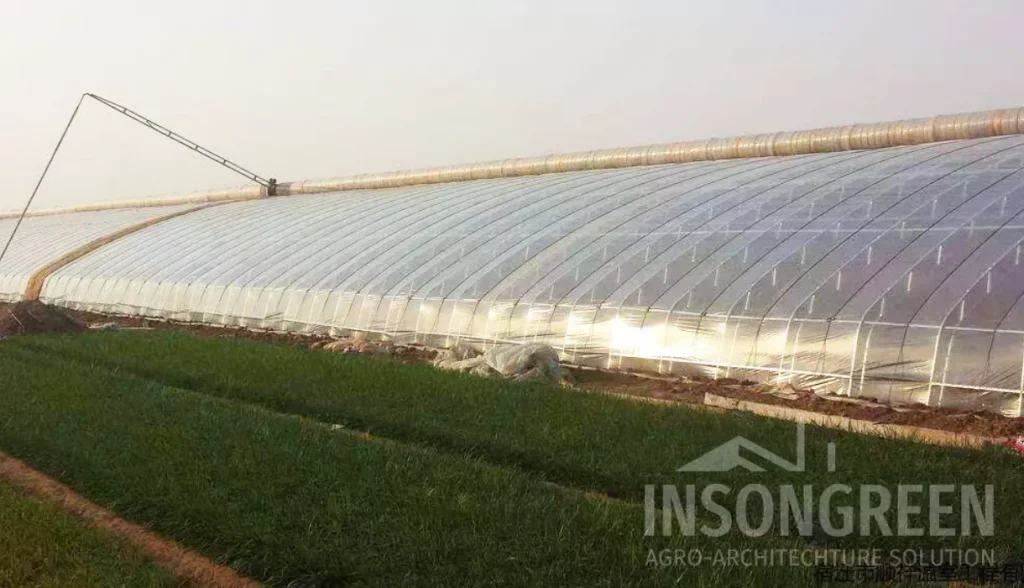
What’s a Chinese-style passive Solar Greenhouse? How do we build one? What about the costs and efficiency? These greenhouses have clear benefits and some limitations too. How much warmer can they make it inside during winter? We’re diving into these questions. We aim to give you a full, easy-to-understand look at this eco-friendly farming solution.
What is a Chinese-style Greenhouse? Let’s explore.
The first Chinese-style greenhouse appeared in 1978. It started with a glass roof, later replaced by plastic film, night insulation curtains, and wall insulation. By 1995, thinner, modern insulation materials came into play, along with automated night curtains. In 2007, Chinese-style greenhouses evolved further, introducing double or triple-layer covers. These extra layers added more insulation, boosting efficiency in capturing and storing solar energy. This significantly improved the environment for crops, with less temperature fluctuation.
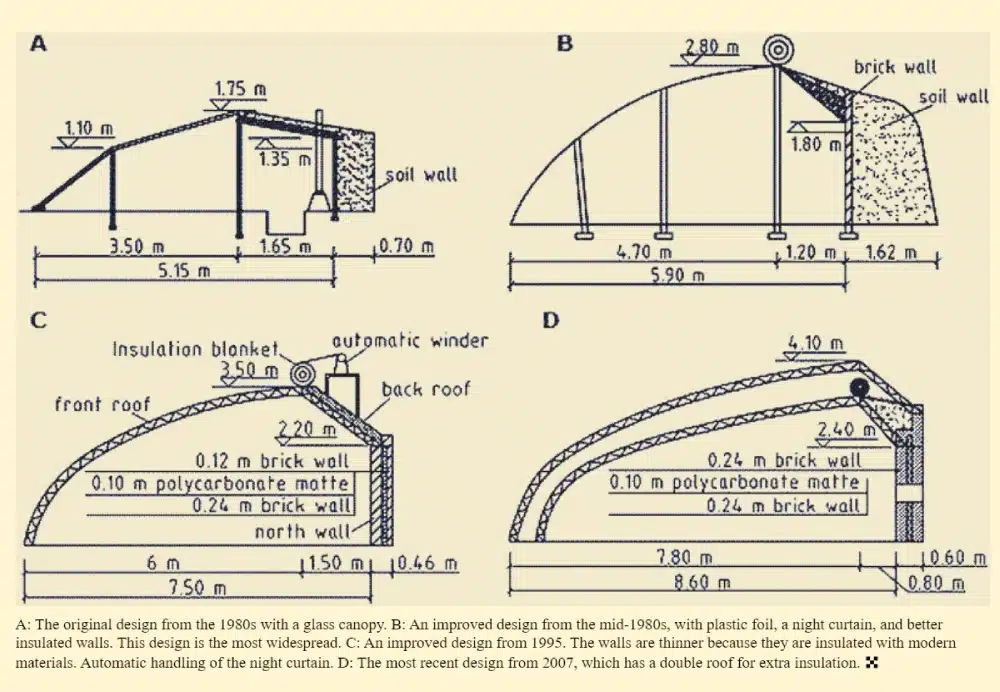
Today’s Chinese Passive Solar Greenhouses often use solid walls of bricks or clay on three sides. The fourth side, usually facing south, is transparent, often with plastic film. This design captures solar energy during the day through the transparent side. At night, the thick walls release stored heat, slowing down heat loss. These greenhouses also use curtains made of materials like straw, canvas, or quilts to enhance insulation.
The Chinese Passive Solar Greenhouse is a low-tech, Chinese-styled commercial greenhouse. It maintains higher internal temperatures during cold weather, solely using solar energy. Inside, it can be up to 25°C (45°F) warmer than outside.
Materials & Cost of Chinese-Style Greenhouses
To estimate the cost of building a Chinese-style greenhouse, we consider several key factors. These include materials for walls, transparent coverings, insulation curtains, structural frames, and other necessary facilities. Without specific size and material cost details, here’s a rough estimate based on common materials and sizes.
- Wall Materials: Assuming brick walls on three sides, the cost per square meter is about $50-$100, depending on material and labor. For a 100-square-meter wall, you might spend $5,000-$10,000.
- Transparent Covering Materials: Polyethylene (PE) film is relatively cheap, costing $1-$3 per square meter. For a 50 square meter south-facing area, the cost is $50-$150.
- Insulation Curtain Materials: Traditional materials like straw or canvas cost around $0.5-$2 per square meter. For a 50 square meter area, expect to pay $25-$100.
- Structural Frame: Metal frames vary in cost, ranging from $10-$50 per square meter. A 100-square-meter greenhouse could cost $1,000-$5,000 for the frame.
- Additional Facilities: Including irrigation systems and planting shelves, total costs might be $500-$2,000.
In summary, a basic 100-square-meter Chinese Passive Solar Greenhouse could cost roughly between $6,580 and $16,250, or about $6.11 to $15.09 per square foot. Remember, this is a ballpark figure excluding labor and transport costs. Actual costs of a Chinese-style greenhouse might reach $10-$20 per square foot. Still, this is less expensive than commercial greenhouses like the Sevens brand, which can cost hundreds per square foot.
Here, I am providing the cost considerations for Chinese-style greenhouses, so you can better understand how INSONGREEN calculates the costs of Chinese-style greenhouses.
| Material/Equipment Category | Description | Key Cost Influencing Factors |
| Wall Materials | Constructed using bricks, clay, or concrete. Bricks and clay are cheaper, but concrete provides better insulation. | Material choice, regional price differences, wall thickness. |
| Transparent Materials | Typically, polyethylene (PE) film is used. Cheaper than glass but less durable. | Film thickness, durability, and area covered. |
| Insulation Curtain Materials | Made from straw, compressed grass, or canvas, are used for nighttime coverage to improve insulation. | Material type, durability, and operation method (manual or automatic). |
| Frame Materials | Commonly use metal (like steel or aluminum), but bamboo or wood can be used. Metal frames are more stable and durable. | Material choice, size specifications, structural complexity. |
| Irrigation and Planting Systems | Include standard agricultural equipment like pipes, sprinklers, and planting shelves. | System size, material quality, technical complexity. |
| Labor Costs | Vary based on project scale and complexity. | Number of workers, hours worked, regional labor cost. |
| Design and Management Fees | Include professional services like design drawings and project management. | Professional consultant fees, project size, and complexity. |
| Transportation and Logistics Costs | Costs for transporting materials and equipment. | Transportation distance, mode of transport, weight, and volume. |
How to Build a Chinese style greenhouse Step-by-Step?
Building a Chinese-style greenhouse involves a complex process. Here’s a basic guide to the key steps involved, offering insights for your reference.
Step 1: Site Selection and Orientation
Choosing an ideal location is crucial. You need a spot that receives ample sunlight, ideally in an open area with minimal wind. Also, it’s important to align your greenhouse east-west, so the south-facing transparent wall captures the maximum amount of sunlight.
Step 2: Building Walls
Using bricks, clay, or other building materials, construct three solid walls. These walls not only provide structural support but also play a key role in heat storage and insulation. For improved insulation, it might be necessary to incorporate modern insulating materials, like extruded polystyrene foam, within the walls.
Step 3: Transparent Covering Installation
For the south-facing wall, plastic film is a common choice because it’s both lightweight and cost-effective.
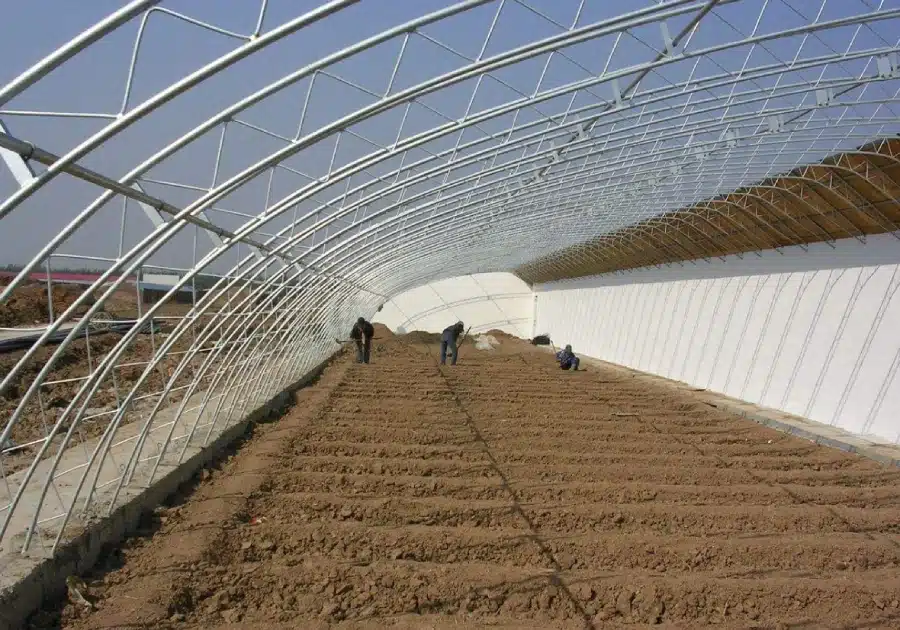
To ensure durability and maintain clarity for optimal sunlight capture, it’s crucial to support this transparent material with a sturdy, curved metal frame, such as steel or aluminum.
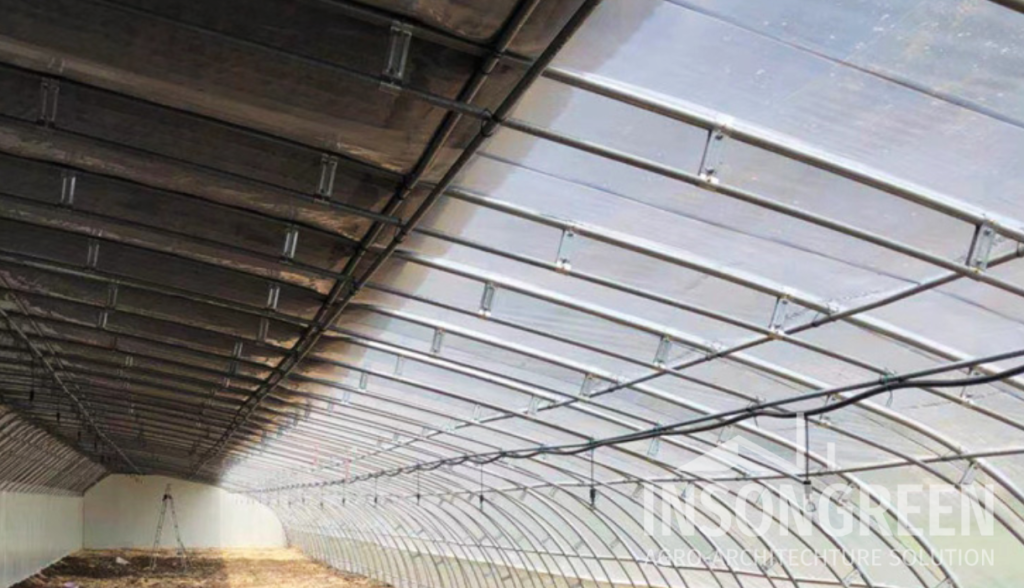
If you’re aiming for enhanced insulation during winter and at night, consider a double or even triple-layered structure. The hollow design of these layers significantly reduces internal temperature loss.
Step 4: Installing Insulation Blankets and Curtains
To improve the greenhouse’s heat retention at night, consider installing insulation blankets on the roof or adding a layer of internal insulation curtains.
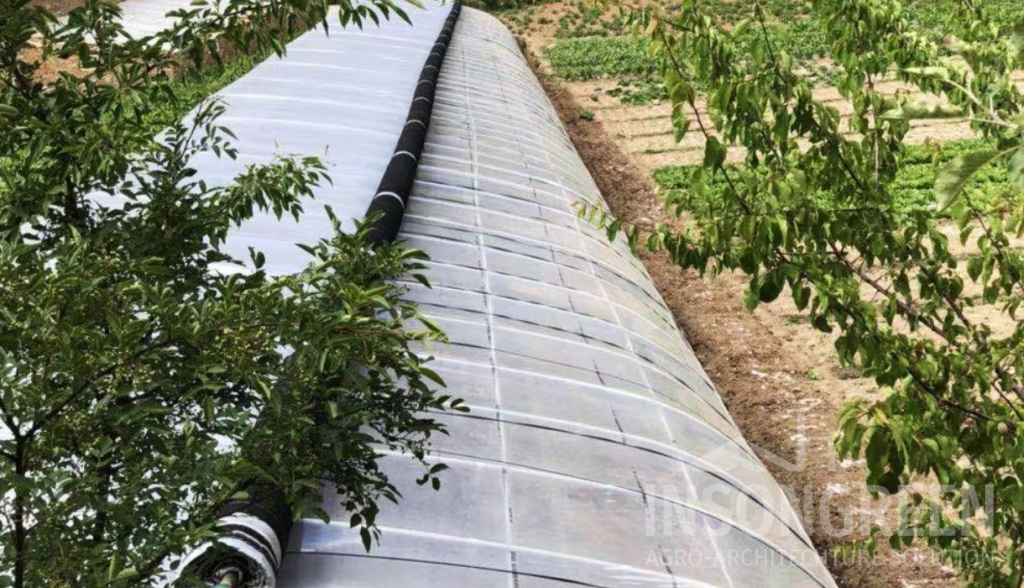
These can be manually or automatically operated, allowing them to be pulled down at night to minimize heat loss and then opened during the day to maximize sunlight and warmth absorption.
Step 5: Ventilation and Temperature Control
Proper ventilation is essential for maintaining the right temperature and air quality within the greenhouse. This might require the installation of ventilation fans and an automatic temperature control system to ensure a stable environment inside the greenhouse.
Step 6: Additional Facilities and Maintenance
Don’t overlook other necessary facilities like irrigation systems and planting shelves. Regular maintenance of the transparent materials and insulation curtains is vital to ensure the greenhouse’s long-term effectiveness.
In addition to these steps, traditional Chinese-style greenhouses often employ composting techniques for heating and might use co-cultivation methods with livestock to provide necessary carbon dioxide for plants. This integration of traditional and modern methods is what makes Chinese-style greenhouses a unique and effective solution for sustainable farming.
The Advantages and Disadvantages of Chinese-Style Greenhouses
While Chinese-style greenhouses exhibit excellent insulation in low-temperature environments of certain regions, they also have some limitations. Below, we summarize the characteristics of Chinese-style greenhouses, helping you understand how to maximize their benefits and prepare for their drawbacks.
Advantages:
- Energy Efficiency: Chinese-style greenhouses primarily use solar energy as the heat source, reducing reliance on artificial heating, especially during cold winters. By capturing and storing solar heat, these greenhouses maintain warmth at lower costs.
- Eco-Friendly: Relying mainly on solar energy, these greenhouses have a smaller environmental impact, reducing greenhouse gas emissions and aligning with sustainable agricultural practices.
- Cost-Effectiveness: Compared to greenhouses fully dependent on artificial heating, Chinese-style greenhouses usually have lower construction and operational costs, making them particularly beneficial for large-scale agricultural production.
- Adaptability: Suitable for a wide range of climatic conditions, they are especially effective in areas with significant temperature fluctuations, maintaining a stable internal temperature.
- Increased Yield: By extending the growing season, these greenhouses enable vegetable and fruit production even during off-seasons, increasing annual crop yields.
Disadvantages:
- Structural Limitations: Depending on solar energy, Chinese-style greenhouses require correct orientation and positioning to maximize sunlight utilization, which might be challenging in some areas.
- Material Durability Issues: Although cost-effective, the plastic film used is less durable and weather-resistant compared to glass or other more robust materials.
- Temperature Control Challenges: Maintaining a constant temperature inside the greenhouse can be difficult during extreme weather conditions, like prolonged rainy days or intense cold, sometimes necessitating additional heating sources.
- Technical and Maintenance Requirements: A certain level of technical knowledge is needed for design and maintenance, especially for operating insulation curtains and ensuring structural stability.
- Space Utilization: Compared to fully glass greenhouses, the use of walls might result in less available space for cultivation.
Conclusion
Chinese-style greenhouses represent a distinct category, differing significantly from traditional all-glass greenhouses. They effectively utilize solar energy as their primary heat source, while their unique wall design and insulation systems retain the acquired heat.
Although their per-square-meter productivity may not match that of high-tech commercial greenhouses, they enable winter crop cultivation at lower operational costs.
In the current context of global warming, Chinese-style greenhouses, with their eco-friendly and sustainable features, could likely become a direction for future agricultural development. This model not only aligns with environmental concerns but also offers a practical solution for year-round farming in various climatic conditions.
